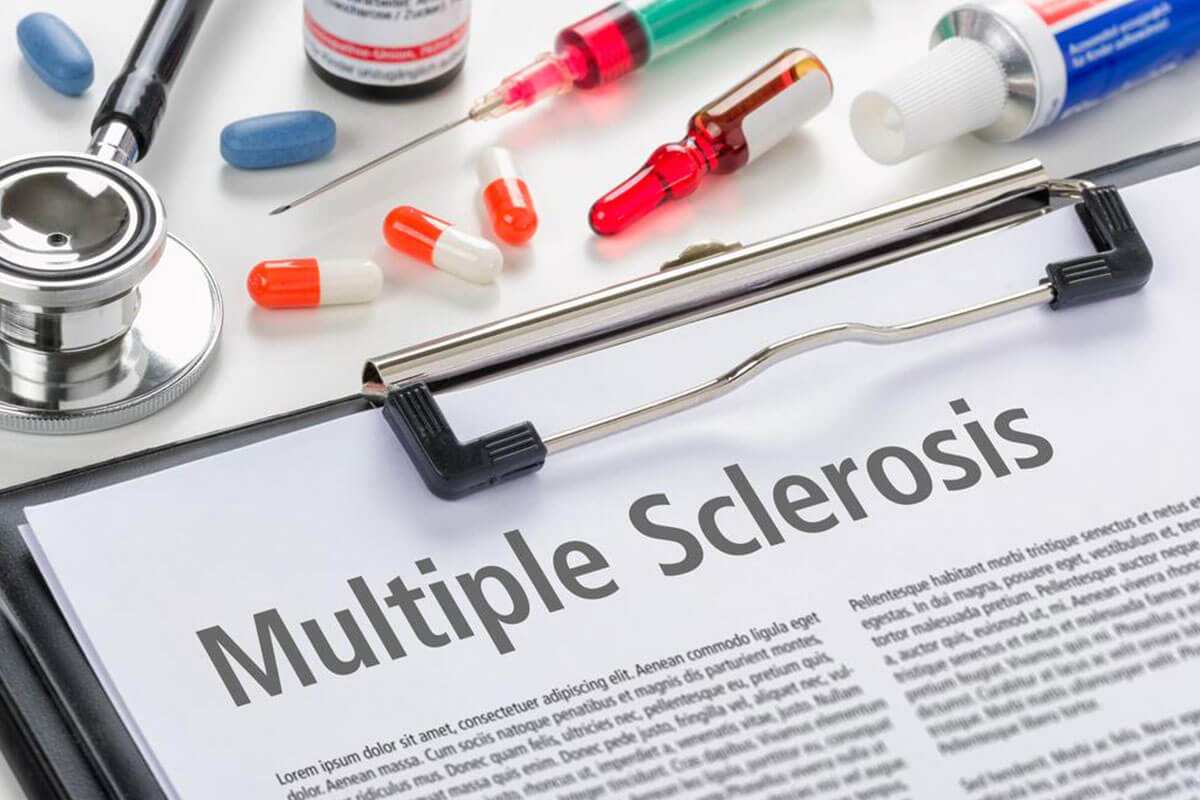Comprehensive Overview of ALS: Causes, Variants, and Essential Facts
Explore a detailed overview of ALS, including its causes, various types, symptoms, progression, and current research efforts. Learn how this neurodegenerative disease affects motor neurons, leading to muscle weakness and paralysis, and discover ways in which patients and families cope with its challenges. This comprehensive guide provides essential facts, highlights notable cases such as Stephen Hawking, and emphasizes ongoing research toward potential treatments and cures.

An In-Depth Look at ALS: Causes, Variants, and Critical Information
Amyotrophic lateral sclerosis (ALS), often referred to as Lou Gehrig’s disease, is a severe and progressive neurological disorder that specifically targets motor neurons—the nerve cells responsible for controlling voluntary muscle movements. These critical neurons are located within the spinal cord and brain regions, acting as the communication bridge between the brain and the body's muscles. When ALS develops, these motor neurons gradually deteriorate and die, leading to a breakdown in the nerve signals that facilitate movements such as walking, speaking, swallowing, and facial expressions. This deterioration results in progressive muscle weakness, atrophy, and eventual paralysis, profoundly impacting a person’s independence and quality of life.
Understanding the progression of ALS is crucial—initial symptoms may include muscle twitching, cramping, or weakness, which slowly worsen over months or years. As the disease advances, individuals typically experience deterioration in their ability to move, speak, swallow, and breathe, necessitating supportive care and often mechanical ventilation. Despite its severity, survival rates vary widely; some individuals live for more than a decade following diagnosis, while others may succumb within 3 to 5 years due to respiratory failure or complications. Notably, ALS affects approximately 2 to 5 individuals per 100,000 people worldwide, making it a relatively rare but devastating condition. A famous example of ALS’s impact is physicist Stephen Hawking, who was diagnosed with the disease in his early twenties and defied expectations by living for more than 50 years, inspiring millions globally.
ALS manifests in two primary forms: sporadic and familial. The sporadic form accounts for approximately 90% to 95% of cases and occurs seemingly at random without a clear inheritance pattern. It can develop at any age but is most common in middle-aged adults. The familial form, though rarer—comprising about 5% to 10% of cases—is inherited, following a genetic pattern passed down from parents to children. Having a parent with ALS increases one’s risk by about 50%, underscoring the importance of genetic factors. Though the precise causes of ALS remain elusive, researchers have identified several contributing factors. Genetic mutations, such as those in the SOD1, C9orf72, and TARDBP genes, have been linked to inherited cases. Additionally, abnormal chemical processes within the brain and spinal cord, especially involving glutamate—a neurotransmitter—in excess, may exert toxic effects on neurons. Immune system dysregulation, leading to immune attacks on nerve cells, might also play a role. Furthermore, the abnormal accumulation of proteins within nerve tissues—such as TDP-43 and ubiquitin—appears to contribute to nerve cell degeneration. Advances in research are continually shedding light on these mechanisms, providing hope for future therapies and treatments.
Living with ALS poses profound physical, emotional, and social challenges. Support groups and organizations—like the ALS Association—offer vital resources, counseling, and community connections for patients and their families. Multidisciplinary care teams can help manage symptoms, improve quality of life, and extend survival. Clinical trials are ongoing, exploring potential treatments to slow disease progression and address underlying causes. Although no cure exists yet, medications like riluzole and edaravone may slow progression or temporarily improve symptoms. Researchers are examining stem cell therapies, gene therapy, and neuroprotective drugs as promising avenues. Raising awareness, encouraging early diagnosis, and investing in research are essential steps toward conquering ALS. Public education campaigns are vital to reducing stigma and fostering understanding about this complex disease.





